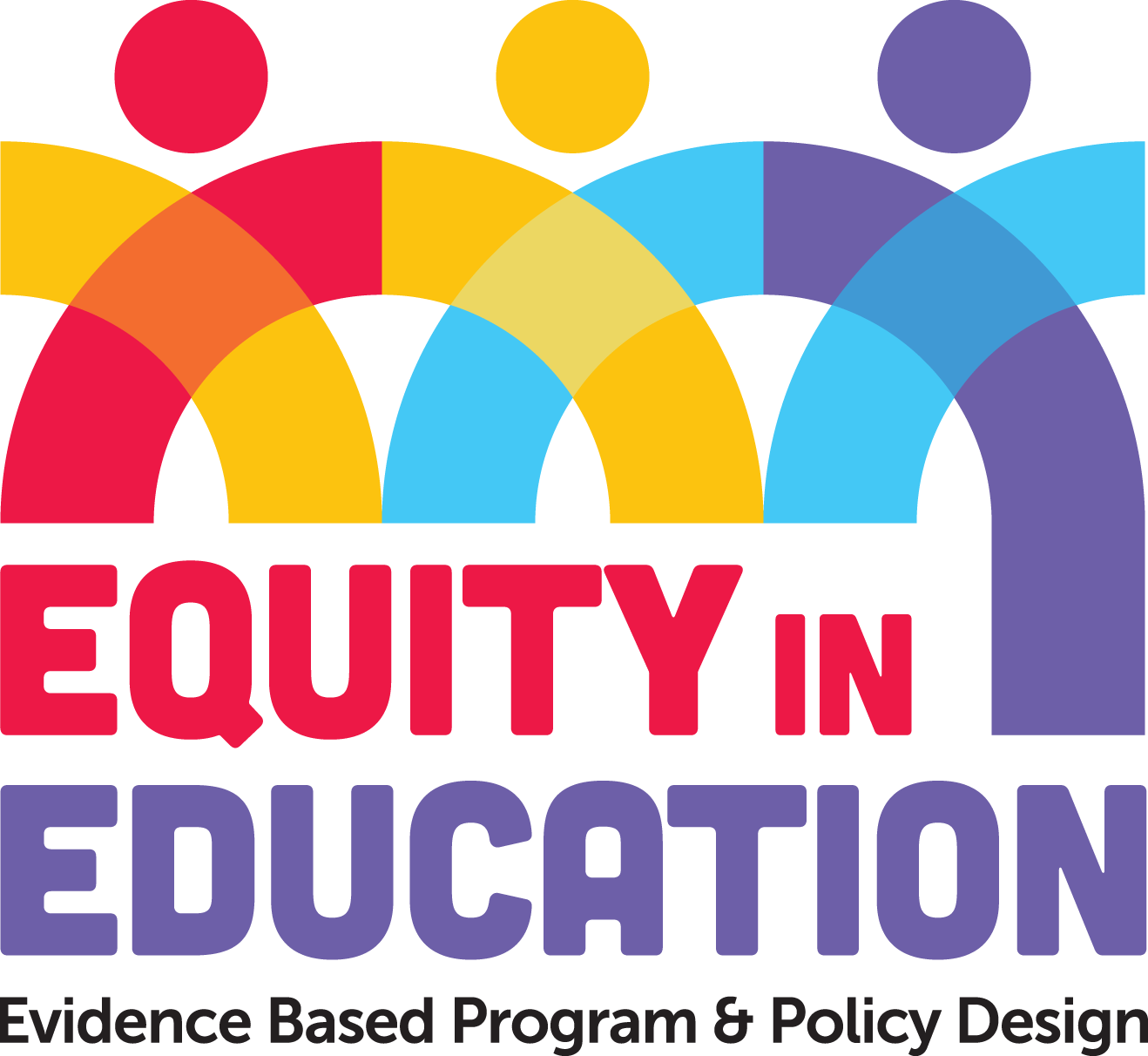Co-ops, internships, and other activities that integrate students’ academic studies within a workplace setting—described here as “work-integrated learning” (WIL)—have become an increasingly popular strategy to bolster the employability of post-secondary graduates. Indeed, in 2020 the federal government invested $200 million into the Student Work Placement Program to support the creation of roughly 20,000 new placement for post-secondary students—and that’s only the most prominent WIL initiative they invested in.
Despite the enthusiasm, there is not currently enough reliable, up-to-date labour market data available to support the benefits of WIL. This RIES report addresses this lacunae, using the 2018 National Graduates Survey (NGS), to produce additional, robust evidence on the increased labour market returns for post-secondary graduates who had WIL as part of their curriculum.
Fortunately for policymakers, our analyses appear to show tangible benefits to WIL in Canada, as observed through a range of metrics. However, these benefits are not evenly distributed. We discuss these trends and their implications for future research and policy.
AUTHORS
Brad Seward
Funded Project
Quantitative Analysis
and Methods


